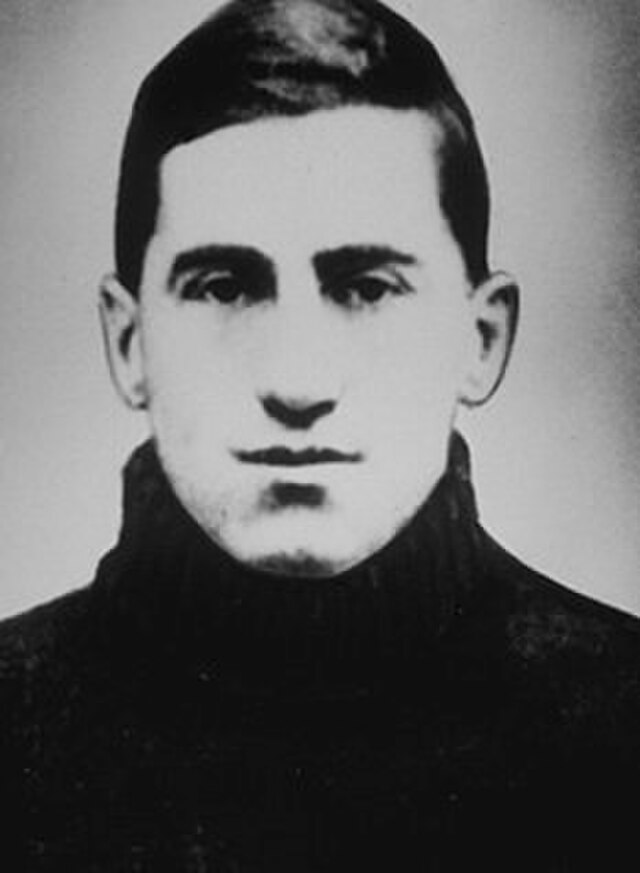Every new generation of football fans finds its heroes, but rarely does one figure embody the game’s growth quite like Walter Eckersall. More than a century ago, “Eckie” was a superstar, not just defining his position on the field but also pioneering the modern role of the sports celebrity who influences the game long after his playing days are over.
In a recent discussion, Darin Hayes of Pigskin Dispatch and Timothy P. Brown of Football Archaeology revisited the incredible, often forgotten, legacy of the University of Chicago’s gridiron icon.
The Last of the Pre-Pass Quarterbacks
Eckersall played for the Chicago Maroons from 1903 to 1906 under the legendary coach Amos Alonzo Stagg. Though the forward pass was introduced in 1906, Eckersall’s fame was built on the pre-pass game, where the quarterback was primarily a signal caller and a blocking back. Eckersall, however, was a true triple threat of his era:
- Runner: He was a fast, elusive runner who guided the Maroons to a 25–2–1 record during his career.
- Kicker: He was a masterful punter and drop-kicker—one of the best of all time. His legendary “coffin-corner punts” were directly credited with the 1905 victory over an undefeated Michigan team.
- Game-Changer: The 1905 Chicago-Michigan game, often called the “Game of the Century,” secured the Maroons a National Championship. Chicago won 2-0 when Eckersall’s punt forced a Michigan player to be tackled in his own end zone for a safety.
Eckersall was a three-time consensus All-American (1904, 1905, 1906) and was later selected as the quarterback on Walter Camp’s “All-Time All-America Team.”
The Unthinkable Dual Career: Referee and Reporter
What truly makes Eckersall a figure from a different world is the mixed hat he wore after college. In an era when such conflicts of interest raised few eyebrows, he seamlessly blended two professions that are considered mutually exclusive today:
- Elite Sports Writer: He became the lead sports writer, or “football critic,” for the Chicago Tribune. Over 23 years, he penned over 5,500 stories, establishing the archetype of the star athlete turned journalist that continues with modern media figures. He also used his platform to champion Black athletes, including heavyweight champion Jack Johnson.
- Top Official: Simultaneously, he was one of the nation’s most respected football officials. He refereed major contests, including multiple Rose Bowls (like the 1916 game) and the iconic 1927 Notre Dame vs. USC game at Soldier Field.
As Timothy Brown points out, Eckersall would often predict games in his column, referee them on Saturday, and then write the game story afterward. For the 1919 Rose Bowl, he spent five days traveling on the train with the Great Lakes Naval Station team, observing practices, doing tours, refereeing the game, and then traveling back—all while gathering material for his columns. The trust placed in his honor to keep these roles separate is almost impossible to imagine today.
Preserving the Football Past
Though Eckersall’s name may not be as immediately recognizable as those he played with or covered, his significance is undeniable. His contributions not only as a Hall of Fame player but as a pioneering sports journalist and official helped establish the very rhythm and culture of American football that we still enjoy.
History aficionados like Timothy Brown, through his work at footballarchaeology.com, are dedicated to ensuring that the stories of forgotten legends like Walter Eckersall are preserved. By sharing these “tidbits” and encouraging engagement, a new generation can appreciate the foundational accomplishments of the game’s earliest stars. You can join the conversation and dive into more football history by subscribing to the newsletter and exploring the archives at footballarchaeology.com.

